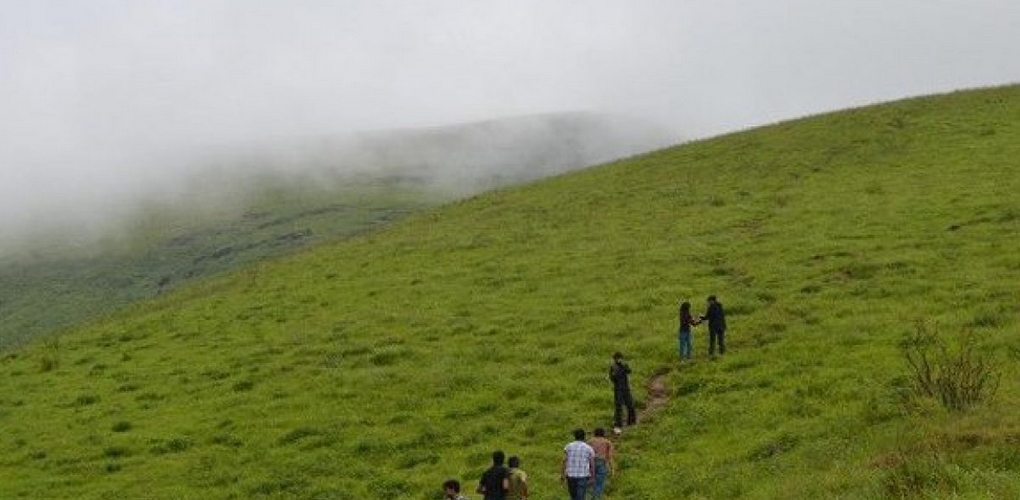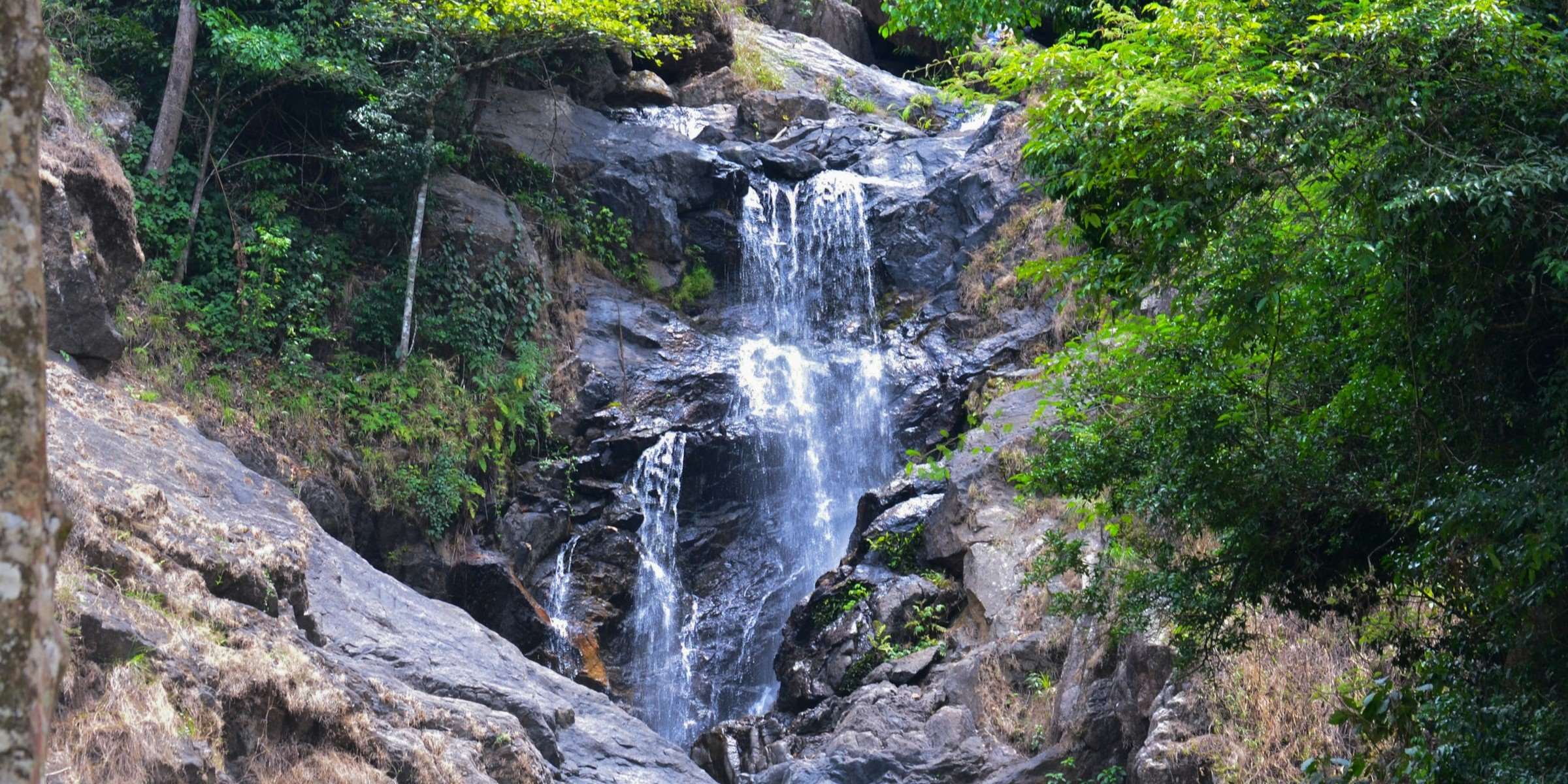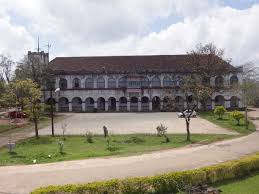Talakaveri: Where the Sacred River Kaveri Begins Her Journey
Nestled in the lush Brahmagiri Hills of Karnataka’s Kodagu district lies Talakaveri, the revered birthplace of the River Kaveri. At an altitude of around 1,276 meters above sea level, this serene and spiritual site holds deep cultural and religious significance for the people of southern India, particularly in Karnataka and Tamil Nadu, where the river is considered a lifeline. A small spring, believed to be the river’s origin, emerges quietly from a stone tank, symbolising the humble yet powerful beginning of one of India’s most sacred rivers.
According to legend, the Kaveri River is not just a water body but a goddess, and her origins are tied to the divine union of Lord Agastya and the goddess Kaveramma. Each year, during the Tula Sankramana festival in October, thousands of devotees gather at Talakaveri to witness the miraculous rise of water in the spring, which is seen as a blessing and a sacred moment. This pilgrimage is a heartfelt expression of faith and gratitude for the river’s life-giving presence.
The Talakaveri temple complex is dedicated to Goddess Kaveri and also houses shrines for Lord Agastya and Lord Ganesh. The air here is thick with the scent of incense and the sound of mantras, as priests perform rituals that have been passed down through generations. Visitors often climb the nearby Brahmagiri peak, which offers breathtaking views of the Western Ghats, blending natural beauty with spiritual depth.
Beyond its religious importance, Talakaveri is also a symbol of ecological balance, reminding visitors of the need to preserve rivers and forests. The lush greenery, clear skies, and cool mountain breeze create a peaceful environment that invites reflection and respect for nature. The Kaveri, starting as a modest spring, goes on to nourish millions across the southern plains—an eternal journey that begins in silence but flows with purpose.
Talakaveri is not just a destination; it’s a spiritual experience that celebrates the union of nature, mythology, and devotion. As the source of a river worshipped as a mother, it continues to inspire awe, reverence, and responsibility among those who visit and those who benefit from her sacred waters.







